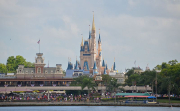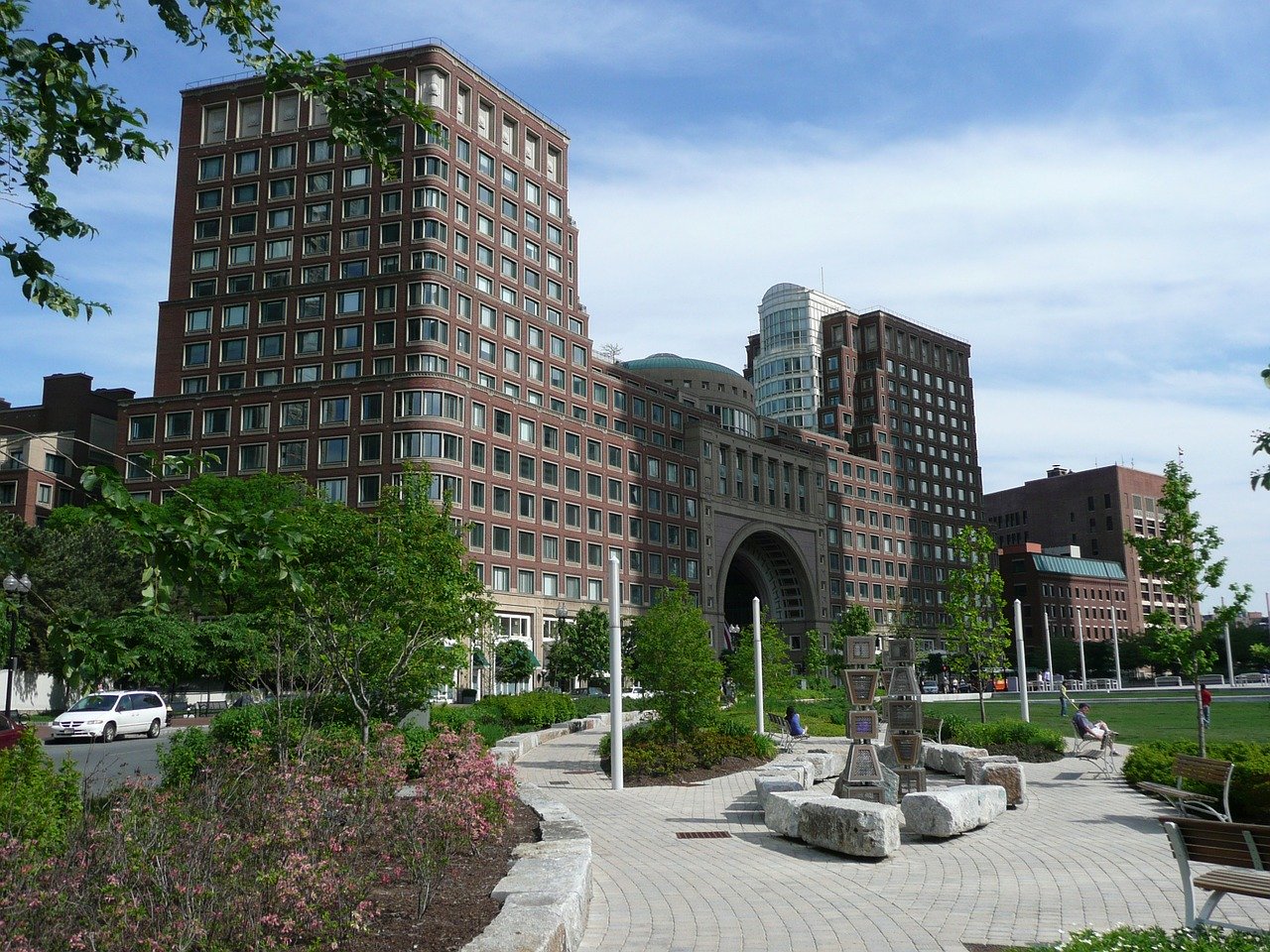
The following is a public health warning related to a recent sewage discharge, also known as a combined sewer overflow (CSO). State regulations require local public
health departments to provide notice to the public when these discharges may create a risk to public health, including when a discharge lasts for more than two hours.
Boston Water and Sewer Commission Outflow BOS003, located in the Inner Harbor, at Porter Street in East Boston, experienced an untreated overflow starting on May 20, starting at 11:40pm, creating a potential public health risk. This overflow ended at 1:55am on May 21st and this advisory will expire 48 hours after the overflow has ended. This event may potentially affect waters in Boston Inner Harbor.
Additionally, BWSC Outflow BOS070 located in the Fort Point Channel at Albany Street experienced an untreated overflow starting at on May 21st at 12:20am and ending at 3:25am on May 21st this advisory will expire 48 hours after the overflow has ended. This event may potentially affect waters in Boston Inner Harbor.
Massachusetts Water Resources Authority Outflow MWR203, located in the Upper Inner Harbor, upstream of North Washington St. Bridge, experienced a treated discharge or overflow starting on May 21st at 12:20am and ending at 3:25am on May 21st. This advisory will expire 48 hours after the overflow has ended. This event may potentially affect waters in Boston Inner Harbor.
This data is preliminary and may be revised with additional overflows or revised time periods. Check the Boston Water and Sewer Commission website here for updates about this discharge and the Massachusetts Water Resources Authority website here for current updates about potential discharges.
The public is advised to avoid contact with affected water bodies for at least 48 hours after a sewage discharge or overflow, during rainstorms, and for 48 hours after rainstorms end, due to increased health risks from bacteria or other pollutants associated with urban stormwater runoff and discharges of untreated or partially treated wastewater.
A combined sewer overflow occurs when a large storm overwhelms the combined sewerage system causing rainwater to mix with wastewater and discharge to a nearby water body. This prevents sewage backups into homes and businesses.
More information about CSOs and public health is available at www.boston.gov/cso. Photo by King of Hearts, Wikimedia commons.











































